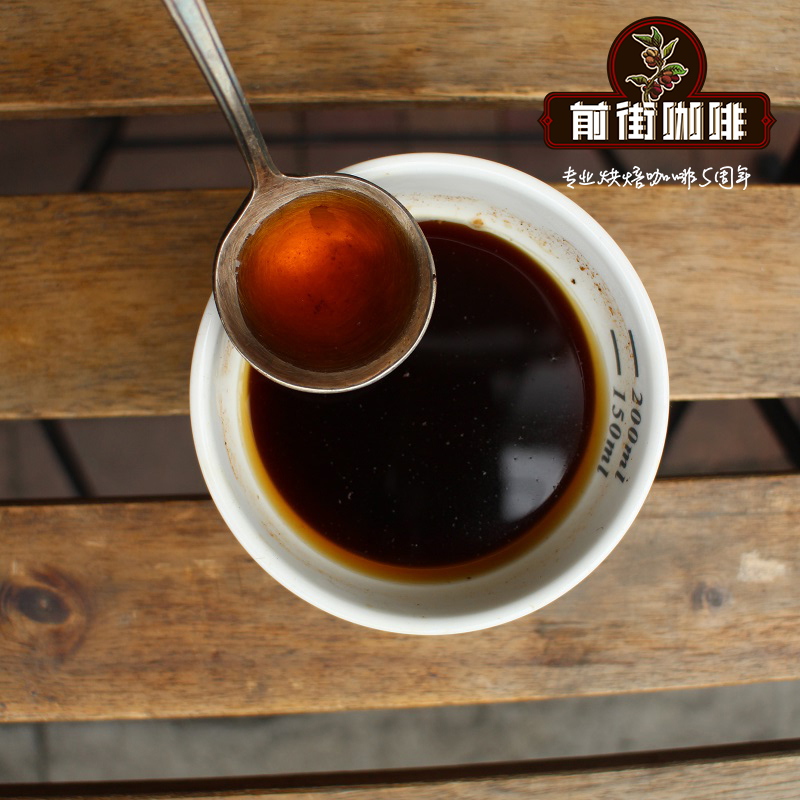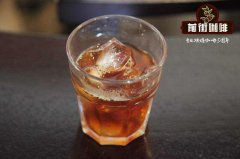Sumatran Coffee beans-the taste and flavor of Mantenin in Lake Toba? Lin Dong Manning, Qianjie

Professional coffee knowledge exchange More coffee bean information Please pay attention to coffee workshop (Weixin Official Accounts cafe_style)
Sumatra Coffee Bean-Toba Lake Lindong Mantinen Taste and Flavor? The price of mantinin coffee beans in front street lindong?
[Small package 100g] Indonesian Sumatra Mantenin Deep Roasted Fine Coffee Beans
Toba Lake is located in the Madar Plateau in northern Sumatra, Indonesia. It is the largest freshwater lake in Indonesia. It is also a world-famous plateau lake and a famous tourist attraction. Toba Lake is formed by faults, and the deepest part of the lake can reach 529 meters. The lake is rhombic, with coordinates northwest corner and southeast corner), 100 kilometers long, 30 kilometers wide and an area of 1,130 square kilometers. It is the largest and deepest volcanic lake in the world, with a maximum depth of 505 meters and an altitude of 905 meters. Coffee in Subei Province is grown around Lake Toba, which is the largest volcanic lake in the world. The famous producing area is Lintong producing area to the south of Lake Toba. Lindong was a small town located near Toba Lake, and Toba Lake was the largest volcanic lake in the world. The hinterland was very large, so the quality difference from the north to the east would be very large. This was the highest grade of coffee in Lindong.
Indonesian coffee is diverse in quality, most of which are named after the island's origin or market: Sumatra, Sulawesi, Java or Timur. The advantage of Indonesian coffee is that most coffees are characterized by strong, restrained flavors and lively moderate acidity. Indonesian Mandheling coffee is highly rated by Chinese and is one of the coffee products with the highest acceptance of single-serve coffee. Mandheling Indonesia has been hailed as the world's best unique, wet-stripped coffee beans. Mantelin is a trademark product and is now sold as long as it is coffee green beans made from red cherry fruits harvested in Indonesia and processed by this unique peeling method. Mandailing coffee was grown by Mandailing people from the Tapanuli region of northwest Sumatra, because at the end of World War II, a Japanese soldier introduced it to the Japanese market, and because of mispronunciation, Mandailing became Mandheling coffee.
Sumatra: Sumatra coffee is very complex and elusive. The best coffee in Sumatra comes from two places: the Aceh province near Lake Tawar to the north of Sumatra and the mountains surrounding Lake Toba to the south. Due to the large number of smallholder producers and their unique semi-washing methods and the iron deficiency of the soil, coffee beans in this area will have a distinctive blue color at the fresh green stage. Sumatra Island is Indonesia's second largest island and the sixth largest island in the world. It covers an area of 470,000 square kilometers, thirteen times the size of Taiwan. It is divided into eight provinces, but only two provinces are heavily cultivated with coffee--Aceh Province and Subei Province. The most representative coffee producing areas in these two provinces are Lake Tawar in Aceh Province. The Gayo Mountain surrounding Lake Tawar is a coffee plantation of the indigenous Gayo People, a culture characterized by female farming and harvesting.
Blue Lake Batak in Lindong Province is a famous volcanic lake less than two hours 'drive from Medan, the largest city in North Sumatra. It is the largest volcanic lake in the world. The hinterland is very large, so the characteristic style of coffee from the north to the east will be very large. This blue batak is the highest grade of coffee in Lindong producing area. The Batak, rather than the Mantenin, currently grow coffee in the mountains around Lake Toba, and Blue is named Blue Batak Mantenin or Blue-eyed Mantenin because of the bluish green color of the beans and the clear blue color of the lake. Under this semi-wet, semi-dry peeling process, coffee farm machines remove the skin and pulp of red cherries, leaving a lot of mucus on the beans, which are then stored in a fermentation tank for about one day (24 hours). When fermentation is complete, the mucus is easily washed away with water. Then sun drying to about 30% to 35% moisture content, remove the shell of coffee beans, you can get to the market. This semi-wet, semi-dry condition removes the outer shell of the coffee beans, which reveal a distinctive dark blue color. This treatment reduces the acidity and increases the body of the coffee, resulting in this characteristic Indonesian coffee.
Flavor Features: Sweet herbs, cinnamon spices, orange pomelo peel, rich sweet, creamy walnut chocolate. The fruit acid is restrained and soft. The aroma has a strong melon fragrance. With the temperature decreasing, the herbal fragrance is released. The light spice is released. The herbal fragrance is rich and sweet. The grass is sweet and slightly has a lemon peel fragrance. The flavor is clean and balanced. The milk chocolate orange is round and smooth. The finish is sweet and lasting.
Front Street Recommended Brewing:
Filter cup: KONO filter cup
Water temperature: 88 degrees
Polishing degree: Small Fuji Polishing degree 4
Cooking method: water-powder ratio 1:14, 17g powder, first injection of 25g water, stewing for 30s, second injection to 238g water, extraction time 2:30 s
Analysis: The ribs at the bottom of the KONO cup are not many, and the filter paper is attached to the filter cup to achieve the purpose of limiting the airflow, so that the water and coffee powder can have a longer contact soaking time in the filter cup to ensure the extraction time and extraction rate of coarse grinding. This allows the coffee powder to be fully extracted, enhances the mellow taste, and makes the taste more concentrated.
Flavor: Well-balanced, clean, thick and solid on the palate, with a lingering dark chocolate finish.
Important Notice :
前街咖啡 FrontStreet Coffee has moved to new addredd:
FrontStreet Coffee Address: 315,Donghua East Road,GuangZhou
Tel:020 38364473
- Prev

[Mantenin, Lake Toba, Indonesia] what is the flavor and taste of Sumatra coffee beans? How to flush Sue with your hand
Professional coffee knowledge exchange more coffee bean information please follow the coffee workshop (Wechat official account cafe_style) [Toba Lake Mantenin, Indonesia] what is the flavor and taste of Sumatra coffee beans? How to make Sumatra manning coffee by hand? Sumatra runs from northwest to southeast, intersects the equator in the middle, and consists of two regions: the western Bari Mountains.
- Next

[unique wet planing] the smell of Manning in Aceh, Sumatra? Sumatra Mante
Professional coffee knowledge exchange more coffee bean information please follow the coffee workshop (Wechat official account cafe_style) [unique wet plane treatment] the taste of Manning in Aceh, Sumatra? The story of the origin of Sumatra Mantenin coffee beans? Indonesia is the largest archipelago country in the world. Arabica coffee was introduced into the Netherlands during the colonial period in the 18th century and was grown until modern times.
Related
- Detailed explanation of Jadeite planting Land in Panamanian Jadeite Manor introduction to the grading system of Jadeite competitive bidding, Red bid, Green bid and Rose Summer
- Story of Coffee planting in Brenka region of Costa Rica Stonehenge Manor anaerobic heavy honey treatment of flavor mouth
- What's on the barrel of Blue Mountain Coffee beans?
- Can American coffee also pull flowers? How to use hot American style to pull out a good-looking pattern?
- Can you make a cold extract with coffee beans? What is the right proportion for cold-extracted coffee formula?
- Indonesian PWN Gold Mandrine Coffee Origin Features Flavor How to Chong? Mandolin coffee is American.
- A brief introduction to the flavor characteristics of Brazilian yellow bourbon coffee beans
- What is the effect of different water quality on the flavor of cold-extracted coffee? What kind of water is best for brewing coffee?
- Why do you think of Rose Summer whenever you mention Panamanian coffee?
- Introduction to the characteristics of authentic blue mountain coffee bean producing areas? What is the CIB Coffee Authority in Jamaica?

